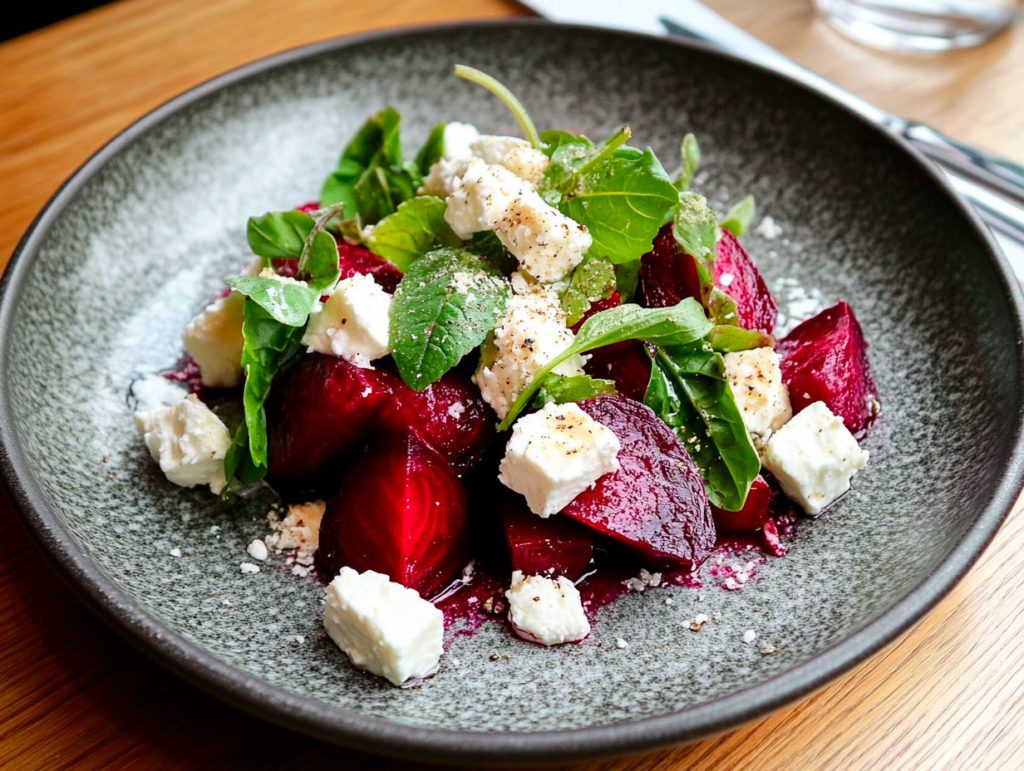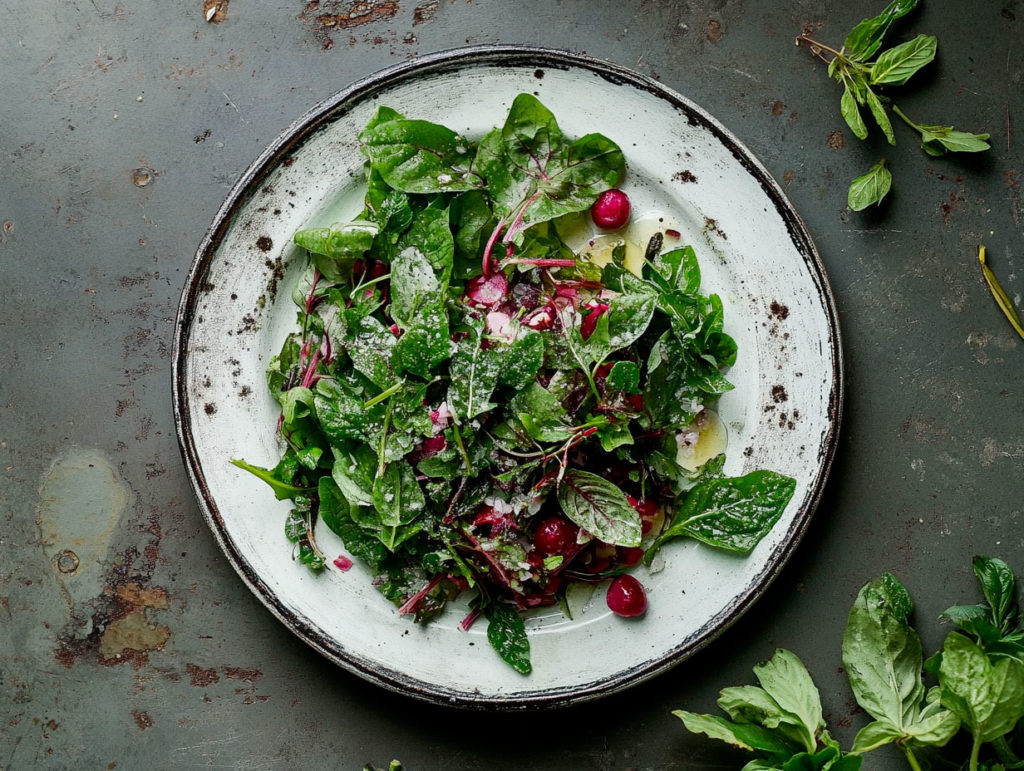Learn how to cook with sorrel in French cuisine: buying tips, flavor profile, classic recipes, and practical cooking advice for every French meal.
Understanding sorrel in French cuisine
Sorrel is a traditional ingredient in French cuisine, used in sauces, soups, and vegetable preparations. Known as oseille in French, it has a sharp, lemony taste due to its high oxalic acid content. Sorrel has been part of rural and bourgeois cooking for centuries, particularly in regions such as Loire Valley, Normandy, and Brittany. It is used in dishes like soupe à l’oseille, salmon with sorrel sauce, and scrambled eggs with sorrel.
French cooks use two main types of sorrel: garden sorrel (Rumex acetosa), which is more common and has a stronger taste, and French sorrel (Rumex scutatus), which is milder and more delicate. Both are used in cooking, but they are chosen based on desired acidity and texture.

How to choose sorrel
Where to buy sorrel in France
Fresh sorrel can be found in local markets, particularly during spring and early summer. In rural areas and regions with strong culinary traditions, small-scale producers may sell it in bunches of 100 to 150 grams, priced around 2.50 € (about £2.15 / $2.70).
In Paris, sorrel is available at Marché d’Aligre, Marché Raspail, or La Grande Épicerie. Outside urban areas, look for sorrel in organic shops like Biocoop or through AMAPs (community-supported agriculture programs).
Frozen sorrel is also sold in supermarkets such as Carrefour, Picard, and Intermarché, especially from April to October.
What to look for
Choose bright green leaves with no yellow spots. The texture should be firm, not limp. Garden sorrel has long, pointed leaves, while French sorrel leaves are rounder and smaller. Taste a leaf if possible. It should have a noticeable lemony sharpness, not bitterness or blandness.
Avoid leaves that have started to wilt or darken, as they lose flavor and become fibrous.
How to store sorrel
Fresh sorrel is fragile and should be used within two days. Wrap it in a damp paper towel and place it in a plastic bag in the refrigerator’s vegetable drawer. Freezing is possible after brief blanching (10 seconds in boiling water), then cooling and storing in airtight containers.
Frozen sorrel should be used within 3 months. Avoid refreezing.
Cooking with sorrel in French meals
Sorrel in sauces and soups
The most classic use of sorrel in French cuisine is in sauces. In Loire Valley cooking, sorrel sauce is served with pike, trout, or salmon. A typical sorrel sauce contains butter, shallots, cream, and chopped sorrel, which melts into the sauce and gives it a sour edge. The sauce should be cooked gently to avoid over-concentrating the acidity.
Sorrel soup is a traditional preparation. In Normandy, it is prepared with leeks, potatoes, chicken stock, and a generous amount of sorrel. Sometimes, a poached egg is added before serving. The soup has a light green color and velvety acidity.
Sorrel breaks down when cooked and becomes a puree with a green-brown color. For visual appeal, mix it with other green leaves like spinach or watercress, or stir it in at the end of cooking.
Sorrel in eggs and dairy
Omelets and scrambled eggs with sorrel are common in home kitchens. In Brittany, sorrel is sautéed in butter for one minute before being added to eggs. The contrast between the richness of the eggs and the acidity of the sorrel creates a balanced dish.
Sorrel pairs well with goat cheese and fromage blanc. It is used in tarts with eggs and cream, or in chilled cheese spreads for bread or crackers.
In Auvergne, sorrel is sometimes added to truffade (a dish made with potatoes and cheese), to cut the fat of the dish.
Sorrel in cold dishes
Raw sorrel can be used in salads, but it must be used in small quantities because of its sharpness. It pairs well with sweet vegetables like carrots or beets, or with eggs and vinaigrette. Thinly sliced, it can be used to garnish cold lentils, or smoked trout.
Because of its acidity, sorrel should not be used in cast iron or aluminum pans, as it can react with the metal and alter the taste.

Benefits and limits of sorrel
Sorrel is low in calories and contains vitamin C, iron, and fiber. It also has antioxidant properties due to its high content of polyphenols. However, it contains oxalic acid, which can interfere with calcium absorption and may contribute to kidney stones if consumed in large quantities.
In traditional French cuisine, sorrel was used as a “pot herb”, added to balance rich dishes. Today, its availability is seasonal, and it is sometimes replaced with lemon, spinach, or rhubarb in recipes. But sorrel still plays a role in regional and home cooking, especially in rural areas and among chefs working with wild and local herbs.
Regional dishes using sorrel
In Brittany, sorrel is used in cotriade (a fish stew), often added at the end. In the Pyrenees, sorrel is combined with wild greens like nettle and dandelion in spring soups. In Alsace, some cooks add it to spaetzle dough to color it and give it a light acidity.
Modern chefs, such as Michel Bras in Laguiole, use sorrel in emulsions and cold sauces. In Paris, sorrel may appear in tasting menus at restaurants like Septime or Le Chateaubriand.
Price and availability in France and abroad
In France, fresh sorrel sells between 15 and 20 € per kilo (about £13–17 / $16–21), depending on quality and region. It is more affordable in local markets and can be grown at home. Seeds cost around 2 € per packet (about £1.70 / $2.20), and the plant requires moderate sun and moist soil.
In the UK and the US, fresh sorrel is more difficult to find. It can be ordered through farm shops, herb suppliers, or farmers’ markets. Frozen sorrel is imported from Poland or Ukraine, where it is part of Eastern European cooking.
Using sorrel in a French meal is a way to connect with older traditions of food in France. It brings acidity, contrast, and variety to everyday dishes. Sorrel is not always available year-round, but it is easy to grow and inexpensive when in season. Knowing how to cook in France with local herbs like sorrel helps keep traditional recipes alive.
Cook in France is your gateway to French cuisine and gastronomy in France. Get in touch for your next cooking workshop.
